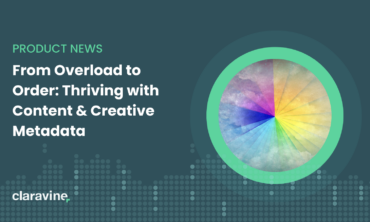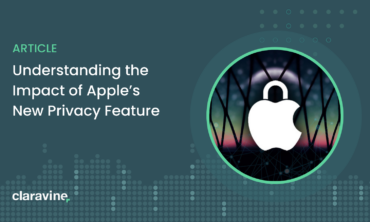The Importance of Data Cleanup
 One of the biggest changes in the world of marketing technology in the last decade has been the rise of Analytics. We’ve arrived at a point where Analytics is an accepted word and a legitimate specialty. But (and I know I’m preaching to the choir here), we shouldn’t break out the bubbly just yet.
One of the biggest changes in the world of marketing technology in the last decade has been the rise of Analytics. We’ve arrived at a point where Analytics is an accepted word and a legitimate specialty. But (and I know I’m preaching to the choir here), we shouldn’t break out the bubbly just yet.
As it turns out, it is a lot more difficult than anyone thought it would be to reap the benefits of all our new data streams. To put it simply: though we have the tools to create bits of data, making the bits work together is hard.
Jim Sterne, founder of the Digital Analytics Association and Claravine advisor, recently shared a startling anecdote. The good folks at Analytics Demystified have created the Analytics Exchange, a place where analysts can meet up with like-minded industry colleagues, to find mentorship around analytics best practices. According to Jim, almost everyone comes to the forum for the first time with questions about how to streamline and synchronize their various data flows, in order to make sense of it all. And virtually every time, the answer is, “Your tags are a mess. You have to redo everything.” Every time.
Naturally this is enormously discouraging for executives, who are thinking of investing in the “data stuff.” They read in the Harvard Business Review about how data is going to change their lives, yet when they check in with their analytics teams they are told to check back in six months, because “the data isn’t ready yet.” Six months later they check back…still not ready. The next time they check in, there’s a decent likelihood that half the team has turned over.
This doesn’t exactly instill confidence.
When it comes to your data, cleanliness is next to godliness. It’s also just Step One in gathering insights from the reams and reams of data we are now able to to collect. In the current environment, this pain is largely felt by the analyst and not by the wider organization. Many analysts face a communications challenge when trying to advocate for their role within an organization — and for the value of data analysis, generally. Analysts are like the auto mechanic who offers an answer to why the car is making that funny noise, with an answer that sails over the head of most listeners. The mechanic may be earnest and knowledgeable…or he may be full of hot air. How would the average customer know the difference?
The biggest drawback organizations face — and the thing that sets up this communication challenge — is the manual handling of data to gain insight. One of the things we are most proud of at Claravine is that we alleviate a major part of that problem. Our analysts are able to ensure that their tracking codes are classified and verified pre-launch. Because we keep resulting data clean, we offer a speedier path to data insights.
If we can arm analysts more quickly with insights, eventually they can become the executives’ trusted advisor, offering input that helps shape corporate strategy at the highest levels. Doesn’t that sound like a worthy goal to work toward? We can break out the bubbly at that point. Let’s plan on doing it sooner, rather than later.



